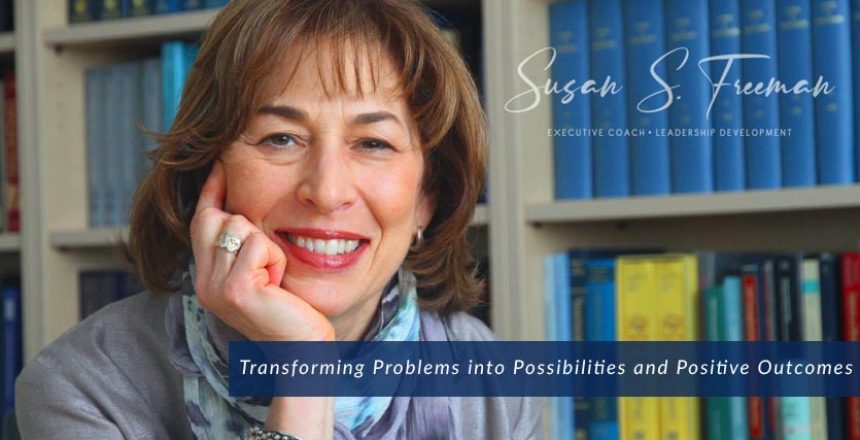 Is your meeting communication mysterious? We spend a lot of our time in meetings; so much so that in companies a common complaint is there isn’t enough time to move our projects ahead during the work day. We compensate by working longer days, often bringing home work in the evening or on the weekends. Is this an effective response? Is it even sustainable?
Is your meeting communication mysterious? We spend a lot of our time in meetings; so much so that in companies a common complaint is there isn’t enough time to move our projects ahead during the work day. We compensate by working longer days, often bringing home work in the evening or on the weekends. Is this an effective response? Is it even sustainable?
Because we spend so much time in meetings, (many of which are dreaded), it would seem that we would have the hang of how to get a lot done in less time. Alas, that’s not always the case.
A recent client conversation illustrated this point. He was conducting a meeting with his team; he had an objective; called the meeting, the participants showed up, and then things got a bit “off-track.” Although he was positive initially, when participants began introducing complaints or negative stories related to the problem, he found it hard to get back on track. So “what went wrong?” Things started off well, and then deteriorated rapidly. If this has ever happened to you or a team you belong to, it can be frustrating.
Just a few short minutes of mental preparation can make your meetings much more effective and engaging.
It may seem obvious, and still bears repeating. Begin and end on time. Plan out how much time you need for input, creative problem solving, and action planning.
Here are my top 5 tips to de-mystifying effective meeting communication:
- Leadership presence; they are taking their cues from you; when you are fully present, listening and accepting, you create the experience where others want to engage.
- Clear intention; what do you intend to bring forth, discuss, or decide upon by the end? Keep this crystal clear by writing it down and referring to it as things get going.
- Begin with what’s working; this creates positive emotions for participants and helps them relax and see that lots is going well already; it’s easier to work on problems in this mental and emotional state
- Present the problem, have a specific time frame in which each participant is invited to share input on how they see it, how it impacts them, and what have they already tried
- Reframe; invite each participant to consider other ways of observing the problem; ask questions to discover “what” and “how” instead of “why.”
By doing a brief bit of preparation, meetings have a strong focus, people are kept on track, and there is room for creativity and contribution.
We invite you to share your successes. For more information, including developing a strong leadership presence, visit our website.

